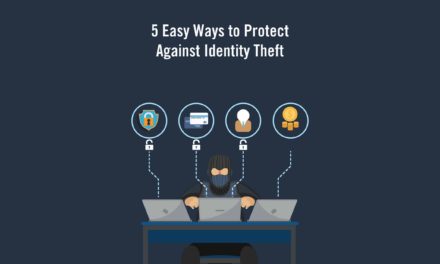No two people are exactly alike. Between the varying beliefs, experiences, and needs, it’s easy to see each human is unique. Knowing that every situation is different, why use a cookie-cutter formula for your finances? Risk tolerance is determined by several elements such as goals, experience, investment time, and financial resources. To create the best possible portfolio for your specific needs, you’ll need to figure out how much risk you’re willing to take and your comfort zone.
GOALS
Your objectives for investing are important and sway your tolerance. If you’re looking to use the money soon, it could be beneficial to stay in a lower risk. But if you have plenty of years ahead to potentially accrue, bounce back, and fluctuate, then a higher risk may be right for you. Try listing the important uses for your investments—for retirement, a home, paying off debt, starting a business, etc. Either way, knowing why and when you want the money can give a better idea of what to invest in.
Risk Vs Gain
What’s more important to you: the highest possible return or not losing money? Ideally, we’d choose both, but that typically isn’t possible. In most cases, you must choose between the two—meaning if you invest in high risk, you have the possibility of a high return, but also losing some or all the money you invested. Remember, market volatility is normal, so one month could be a loss but the next could be great gains! Lower risk investments can be safe, especially for those whose biggest fear is losing money. Depending on the type of investment, there may be a minimum guarantee of return but at the price of lower gains.
EXPERIENCE
Your investment experience can change the way you view investing. If you’ve had success with a certain strategy, type of investment, or company, you might be inclined to continue using the “winning” way. A financial professional can help decide if that’s a wise choice based off your unique portfolio. Consider incorporating your investing experience into your risk tolerance because it could affect the way you chose and react to investments. Though you should learn from your mistakes and triumphs, relying heavily on the past may not be beneficial; after all, it’s near impossible to predict the market.
NOW WHAT?
Now that you have a better understanding of your risk tolerance, consider meeting with a financial professional to discuss your portfolio. There are different paths for each risk level, which often fluctuates with age and experience. Whether you’re confident in your portfolio or not, ask yourself when the last time your portfolio had a checkup? At RGA, our holistic approach with our team of financial professionals may benefit you! Our team is eager to potentially help you learn about your risk tolerance and help you determine if your portfolio best suits your current needs and laws or needs some updating. Click the button below, call 1-800-467-8152, or email info@ronaldgelok.com to schedule a complimentary consultation.
SOURCES
[i] https://www.iii.org/fact-statistic/facts-statistics-identity-theft-and-cybercrime
[ii] https://www.ftc.gov/system/files/documents/reports/consumer-sentinel-network-data-book-2018/consumer_sentinel_network_data_book_2018_0.pdf
[iii] https://www.irs.gov/newsroom/security-summit-warns-of-new-irs-impersonation-email-scam-reminds-taxpayers-the-irs-does-not-send-unsolicited-emails
[iv] https://www.uab.edu/it/home/about-uab-it/announcements/item/1035-lock-icon-in-url-isn-t-always-a-mark-of-safety
[v] https://www.forbes.com/sites/tjmccue/2019/07/11/best-vpn-services
[vi] https://www.transunion.com/annual-credit-report
[ii] CNBC.com, July 30, 2020
[iii] CNBC.com, August 31, 2019









